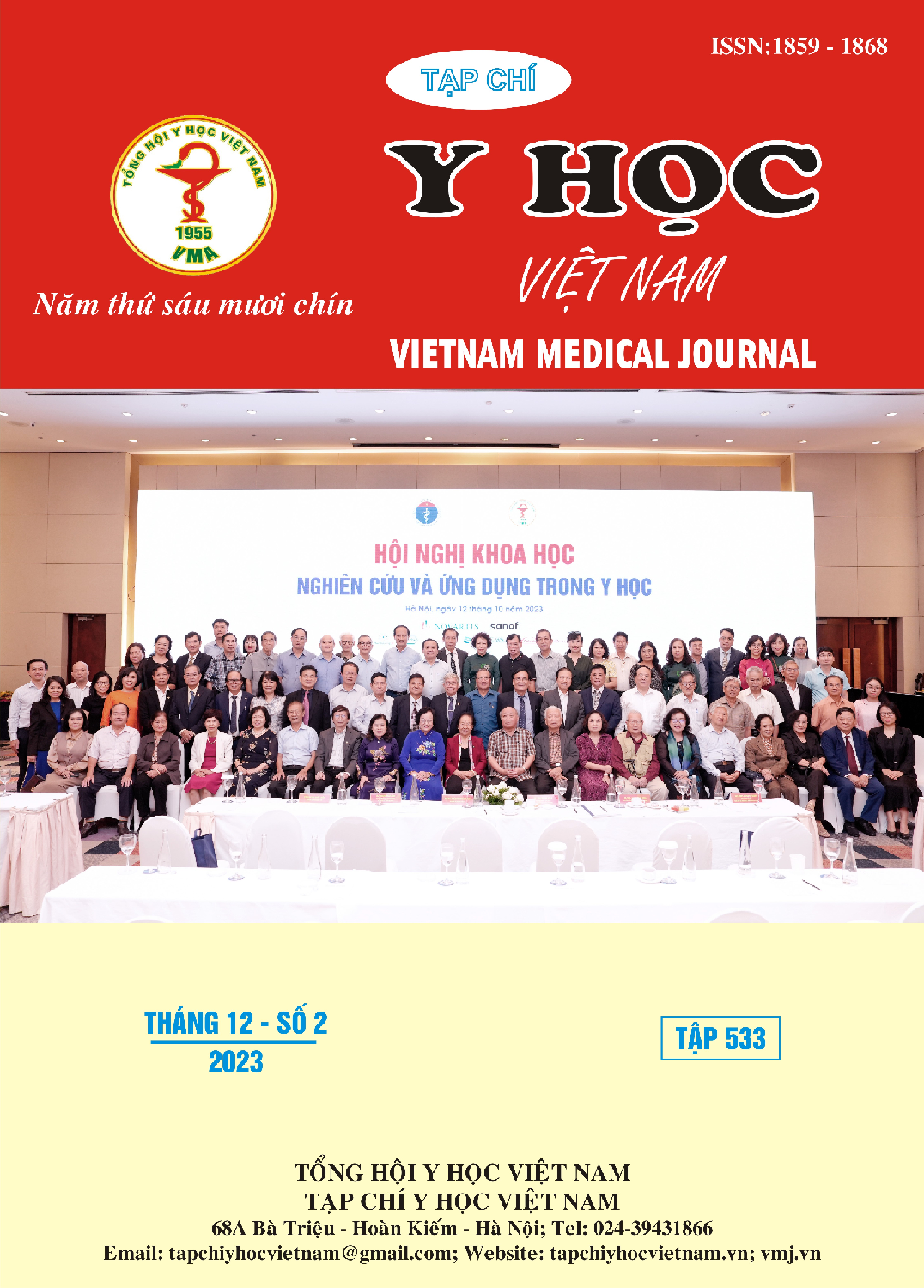RESULTS OF ABRASION RESTORATION WITH EVERX FLOW FIBERGLASS COMPOSITE
Main Article Content
Abstract
Objective: The study aimed to evaluate the results of treatment of cervical abrasion lesions using EverX Flow glass fiber composite material. Materials and methods: The study was conducted on 51 patients with 220 premolars, with mechanical cervical abrasion lesions with a depth of less than 2 mm (ensuring that each patient had at least 2 symmetrical teeth with cervical abrasion lesions). These teeth, after being examined, evaluated, and recording the nature of the damage, will be restored with FiltekTMZ350XT composite on one side of the jaw and with EverX Flow fiberglass composite on the symmetrical side of the jaw. Results are evaluated immediately after filling, after 1 week and 3 months. Results: 100% of patients had good pulp response, no patient had pulp stimulation immediately after filling, 1 week after filling and after 3 months. Retention of the fillings after 3 months in the study was good, with a retention rate of 100% for both fillings. The level of tightness, surface, shape, and color matching of the filling is high (with FiltekTMZ350XT composite: 97.3%, 98.2%, 96.4%, 96.4% respectively; EverX Flow composite is 93.6%, 96.4%, 93.6%, 93.6% respectively); 100% of gums were in good condition after filling with both materials, no difference between the two methods (p>0.05). Conclusion: EverX Flow fiberglass composite is a safe and effective material for restoring tooth cervical abrasion.
Article Details
References
2. Lưu Thị Thanh Mai (2006). Đánh giá lâm sàng tổn thương mòn cổ răng và theo dõi kết quả điều trị bằng Composite. Luận văn tốt nghiệp bác sỹ khoa, Đại học Y Hà Nội.
3. Nguyễn Anh Tuấn (2009). Nhận xét lâm sàng và so sánh kết quả trám phục hồi bệnh mòn cổ răng hình chêm bằng Hybrid ionomer và composite. Luận văn Bác sỹ nội trú bệnh viện. Tr.30-35.
4. Banuönal, Tijen Pamir (2005). The two-year clinical performance of esthetic restorative materials in noncarious cervical lesions. J Am Dent, 136:1547-1555
5. Borcic J., et al. (2004), “The prevalence of noncarious cervical lesions in permanent dentition”, J Oral Rehabil. 31(2), pp. 117-23.
6. Barlett D W and Shah P (2006), “Critical review of Non-carious Cirvical (Wear) Lesion and the Role of Abfaction, Erosion, and Abration” J Dent Res 85 (4). 306-312.
7. Johana Tanner và cộng sự (2018). Clinical Evaluation of Fiber-Reinforced Composite Restorations in Posterior Teeth - Results of 2.5 Year Follow-up.
8. Croll T.P, Bar-Zion Y, Segura A, Donly K.J. (2001). Clinical performance of resin-modified glass ionomer cement restorations in primary teeth: A retrospective evaluation. J Am Dent, 132:1110-1116.


